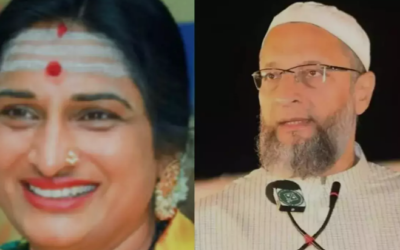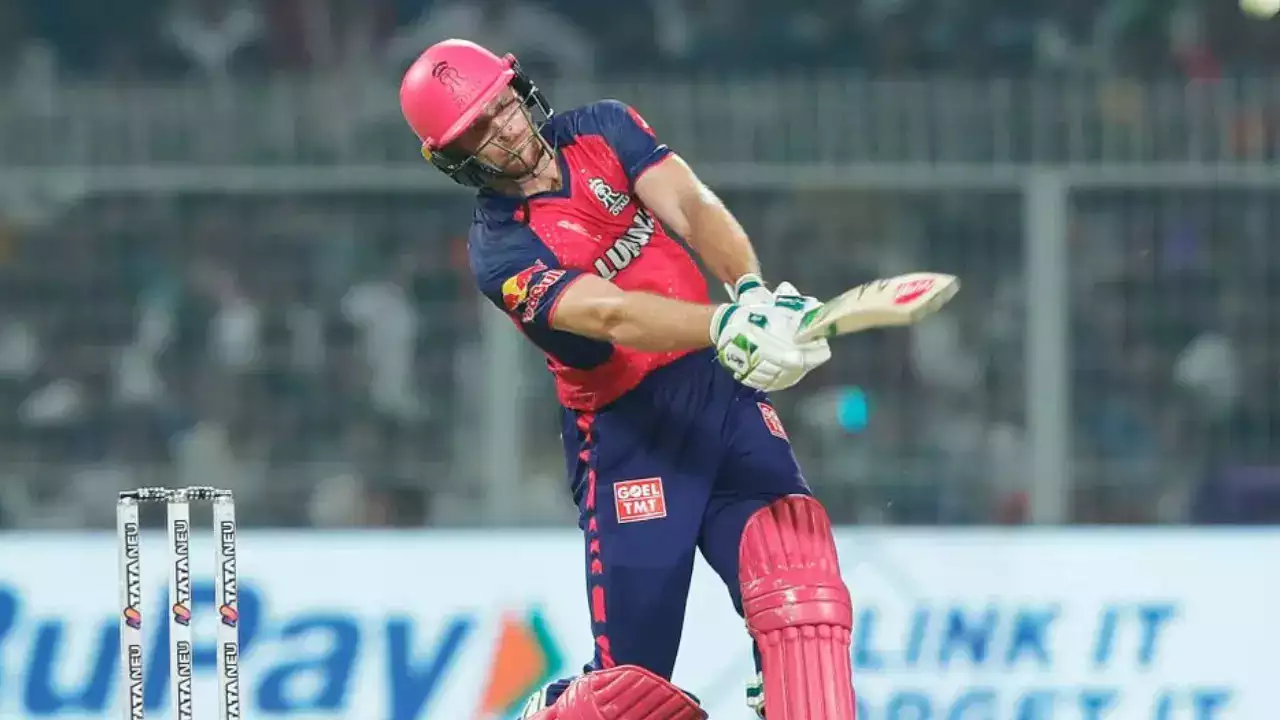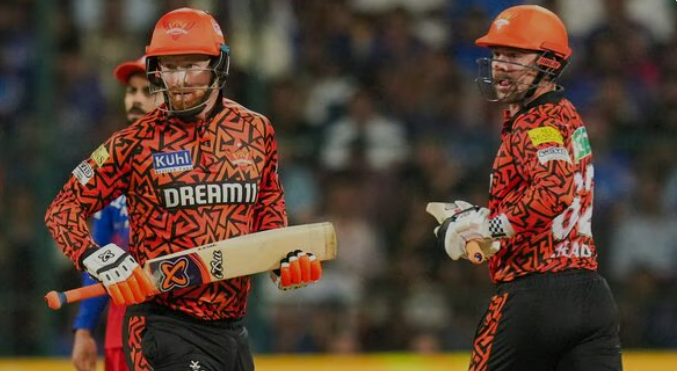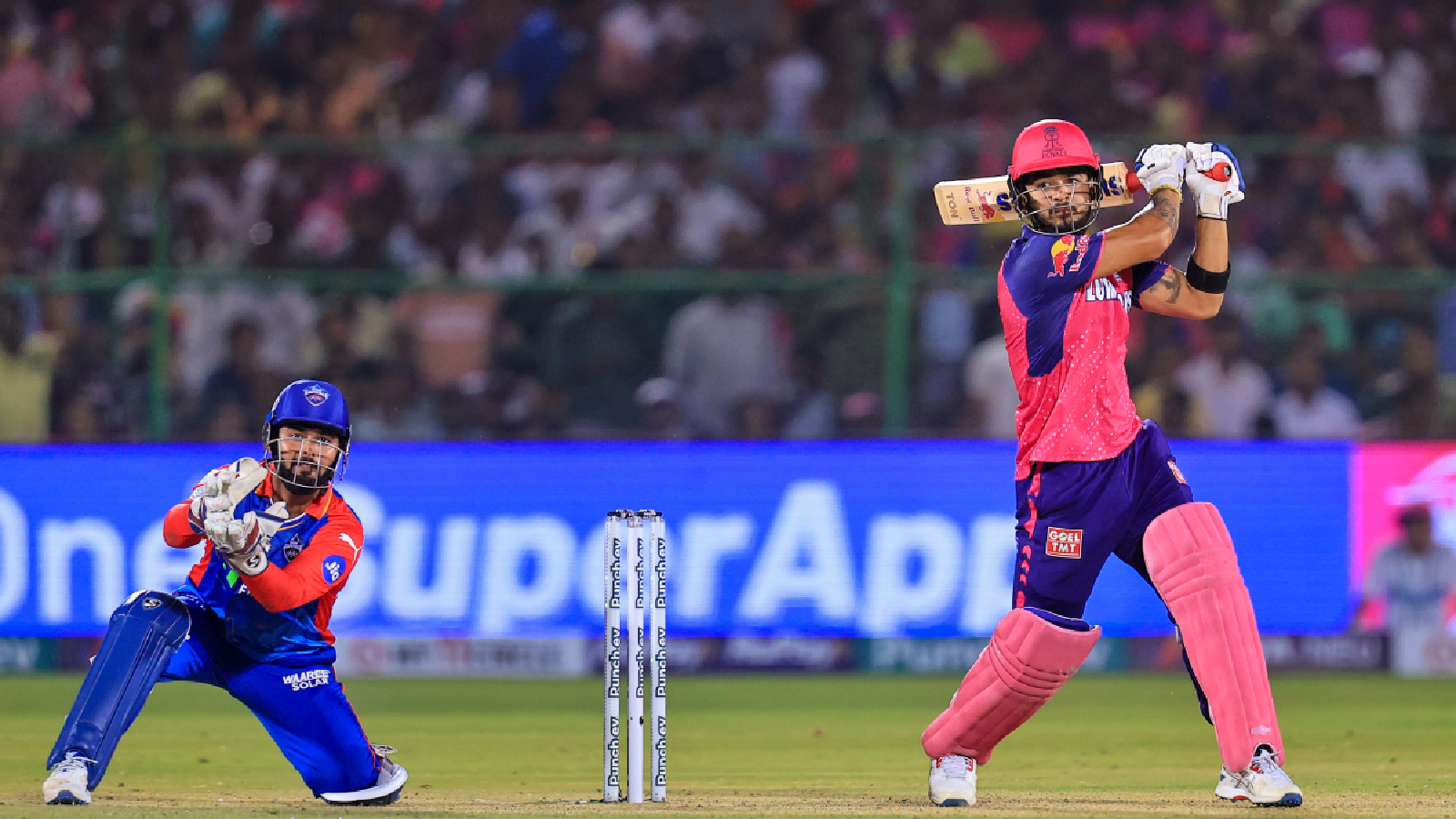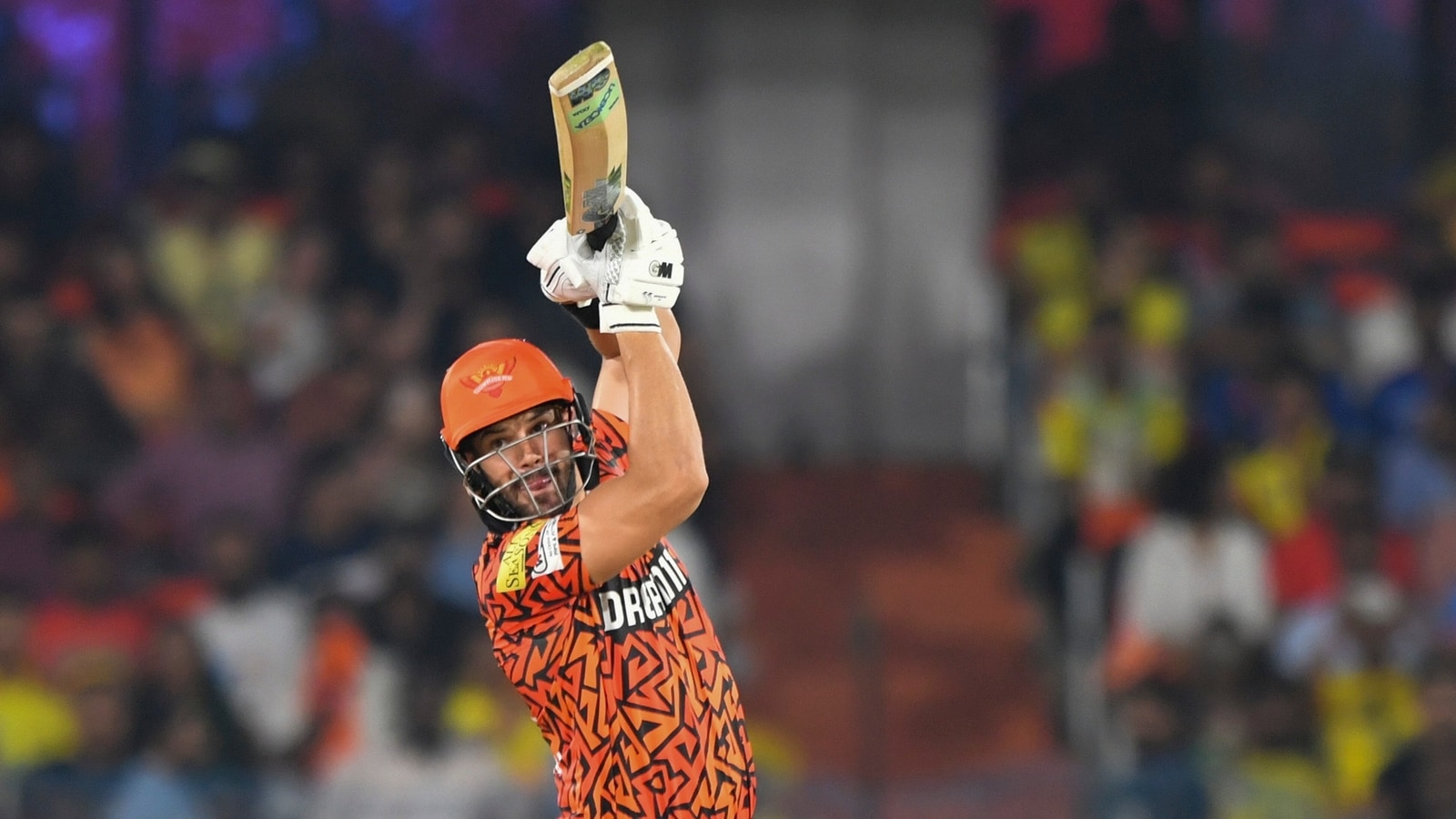The future of India’s bowling faces a critical juncture as the team’s defeat in the 3rd T20I serves as a stark indication of the significant gap left by Bumrah, Shami, and Siraj.
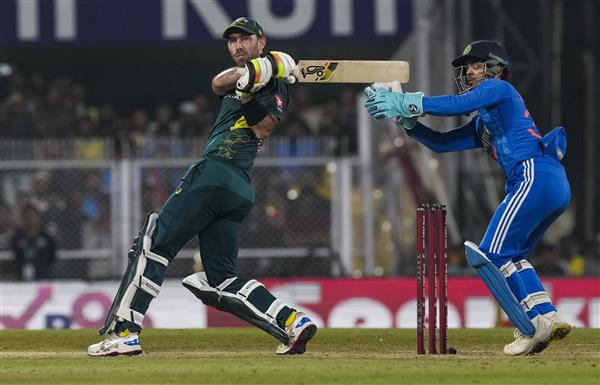
In the ongoing T20I series between India and Australia, the pitches in Visakhapatnam, Thiruvananthapuram, and Guwahati have consistently favored batsmen. Chasing has been advantageous, posing a challenge for teams batting first. However, bowlers may face increased difficulty if they stray from their intended lines and lengths.
Achieving a target of 21 runs in the last six balls is a formidable task for any team, regardless of how adept a batsman is at attacking. In the particular scenario for India, the situation was more favorable as Matthew Wade was facing instead of Maxwell. Unfortunately, Prasidh failed to execute a single yorker, and it appeared that he didn’t even attempt one. Wade seized the opportunity with a well-placed short ball, scoring a crucial four and putting India on the defensive. The subsequent deliveries lacked variety, consisting of three short-pitched balls, an almost no-ball full toss, and one outside the off-stump, allowing Australian batsmen to dominate the right-arm bowler with ease.
In the 16th over, India seemed to have a firm grip on the game as Australia needed 68 more runs for victory. However, in the 17th over, bowled by Arshdeep Singh, two sixes from Maxwell off the first two balls shifted the momentum, resulting in 16 runs conceded. Arshdeep’s performance in the series has been subpar, with an economy rate of 10.92, surpassed only by Prasidh Krishna at 13.25. With star bowlers Bumrah, Shami, and Siraj rested after the ODI World Cup, the responsibility falls on these two to lead the Indian pace attack.
Approaching 30 next month, Bumrah and turning 34 next year, Shami, signal an impending bowling transition for Indian cricket. The necessity for workload management is evident, especially given the recent injury crisis in the Indian team. Bumrah’s return from a long-term injury in August and the likelihood of Shami not featuring in another T20I underscore the urgency for the current crop of fast bowlers to step up, considering Siraj’s all-format role.
Nevertheless, the up-and-coming generation seems unprepared to take on leadership roles. In the recent Indian Premier League, Shami, representing the Gujarat Titans, topped the wicket charts. Following closely was 35-year-old Mohit Sharma, who hasn’t been considered for various formats for quite some time but impressively claimed 27 wickets in 14 matches.
The Indian bowling lineup extended to include Piyush Chawla, who secured the 4th position overall and had recently provided his insights as an expert during the ODI World Cup coverage. Chawla took 22 wickets in 16 league matches. Interestingly, Yuzvendra Chahal, dropped from the national team just before the World Cup, secured the fifth spot with 21 wickets. To find a bowler from the current Indian squad, one must scroll down to the 11th position in the Purple Cap standings, where Arshdeep Singh claimed 17 wickets in 14 matches.
The presence of experienced players on the 2023 roster implies a potential absence of a fast-bowling lineup capable of following in the footsteps of the current formidable trio of Bumrah, Shami, and Siraj. This gap becomes more noteworthy, especially considering the impact created by this trio in the ODI World Cup, where Shami stood out as the leading wicket-taker. With an inevitable transition in the Indian bowling attack, there is considerable uncertainty about whether the upcoming talent can adequately step into the significant roles left by their predecessors.



